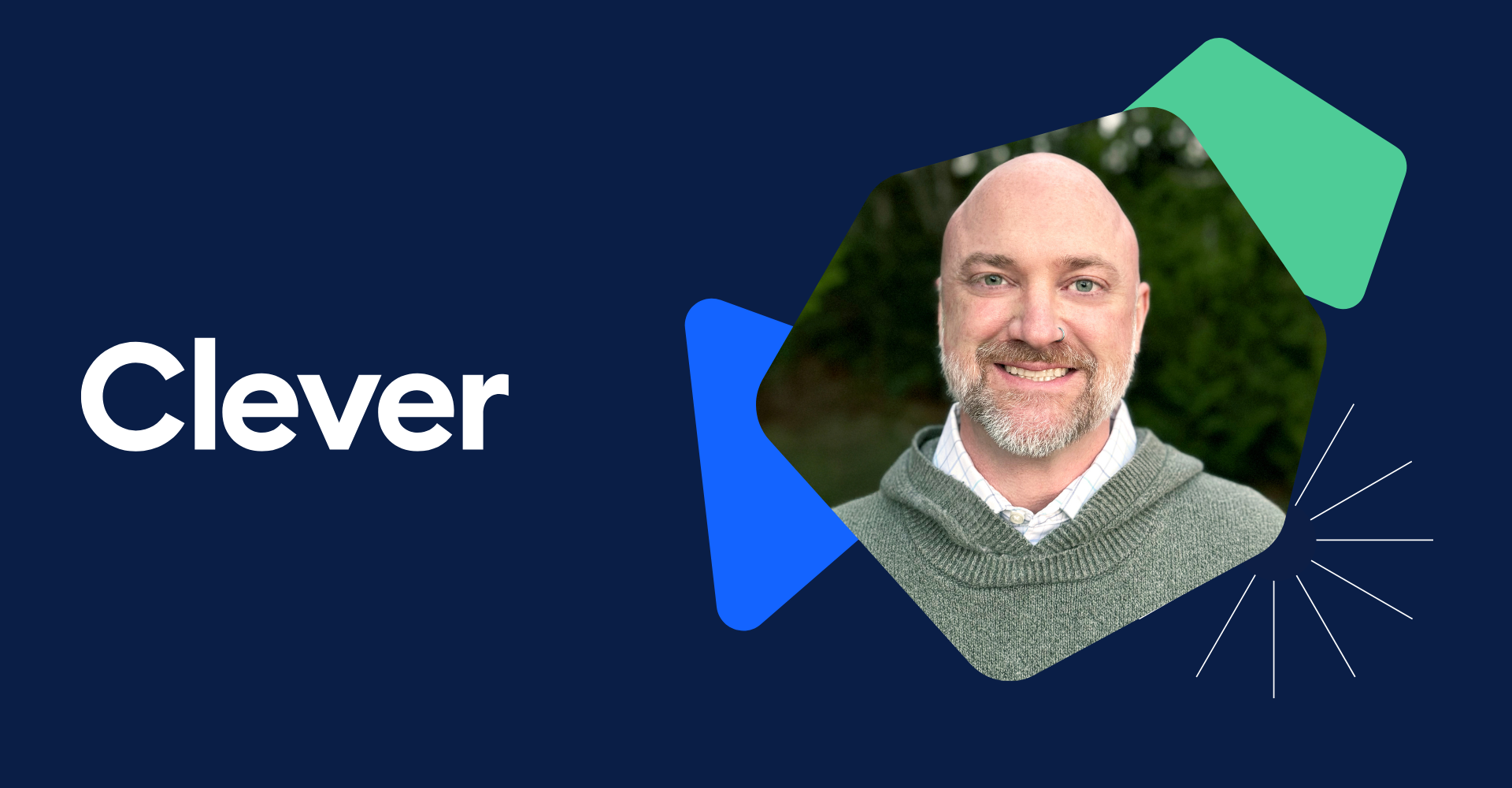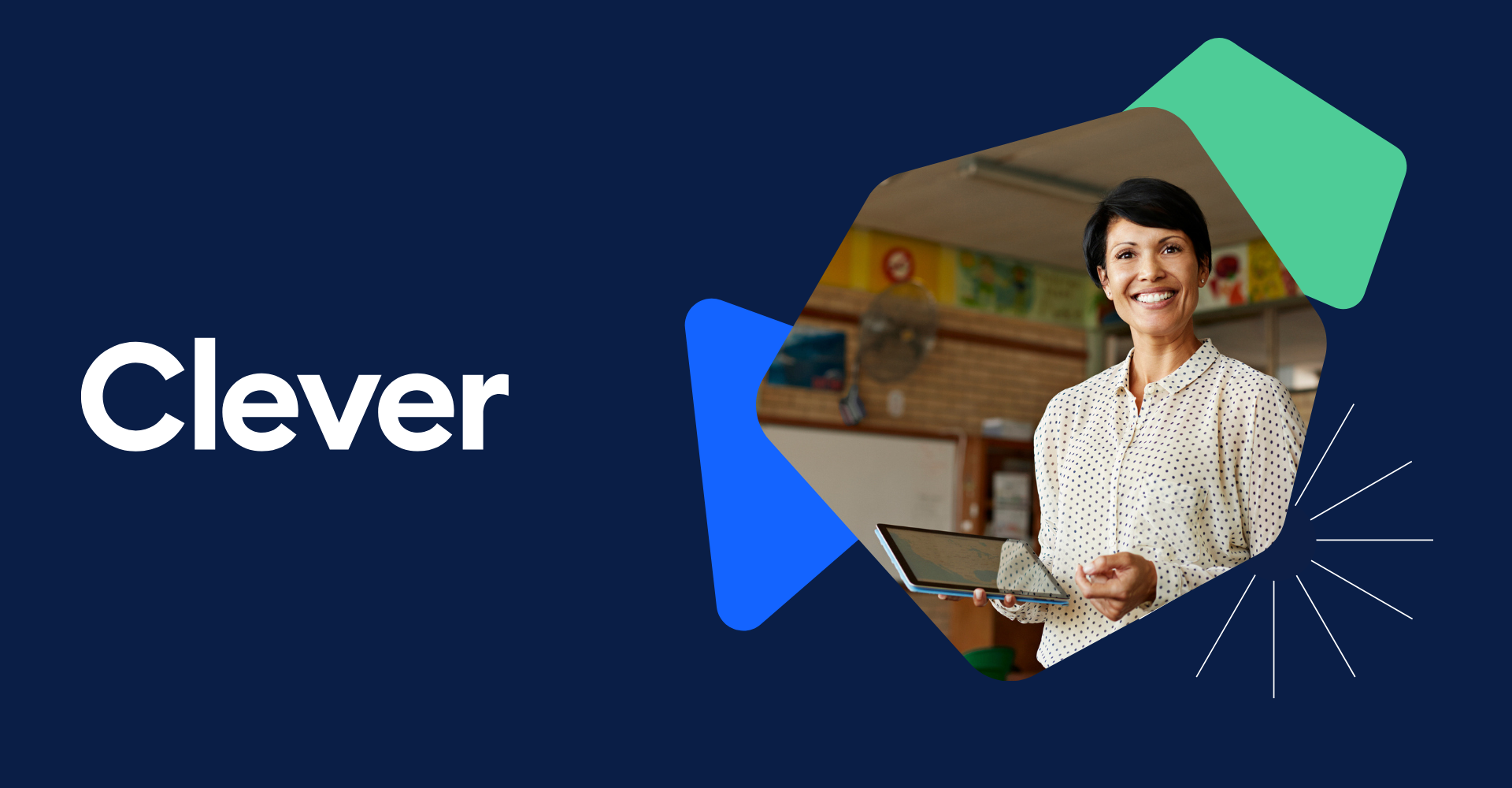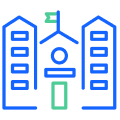Four myths about introducing computer science in the classroom
Schools around the country want to prepare their students with the skills they’ll need to be successful. And in today’s technology-driven world, Computer Science skills are increasingly being recognized as essential like math and reading skills. Led by President Obama’s call for “Computer Science For All”, educators have begun searching for ways to incorporate Computer Science into their classrooms. But in our conversations with those educators, we’ve encountered 4 common myths that needlessly slow down their adoption of a coding curriculum.
- “I can’t teach CS without 1:1 devices.”
Not true! Code.org actually recommends students work in pairs through a technique called “pair programming”, enabling classes to learn with fewer devices with the added benefit of allowing students to see that computer science is a collaborative, social activity. - “My students are too young to start coding.”
Actually, forward-thinking school districts like Charles County are introducing students to computer science in elementary school! Innovative tools like Tynker teach computer science through a easy-to-learn visual programming language, making a computer science foundation accessible to students as early as Kindergarten. - “I need years of formal computer science training before teaching it.”
Not at all! Companies like CodeHS have put together an all-in-one package of web-based curriculum, teacher tools, and professional development, enabling enthusiastic teachers without programming experience to start teaching great computer science courses with confidence. - “Coding is boring.”
This couldn’t be further from the truth! When students learn to code, they are empowered to solve problems and unleash their creativity. Tools like CodeMonkey tap into students’ creative and competitive drives through a game-based learning course that students and their teachers can’t put down.
While these barriers may be myths, it doesn’t mean any old CS curriculum will be effective in your classrooms. We’ve found that the key to success is fit between content and your classroom environment. Dropping new students in the deep end with text-based programming can end up doing more harm than good as students struggle with frustrating punctuation and lose enthusiasm. Beyond prior experience, it’s also important for solutions to fit your classroom’s comfort with technology, learning style, and of course devices and budget.
How do you identify the best solution for your classrooms? Last week, Clever launched Clever Co-Pilot, a program to help educators immediately set up pilots of premium educational software, try them for free for 30 days, and make a data-driven purchasing decision. If your school district would be interested in setting up a pilot of Tynker, CodeHS, and/or CodeMonkey, please get in touch by signing up! We’d love to help introduce computer science to your classrooms this fall.

More to read

May 5, 2025
Making Student MFA Easy: Lessons from North KitsapNorth Kitsap made student logins safer and easier with Clever Classroom MFA—yes, even for little kids. With age-appropriate tools and strong support, students quickly adapted, and staff followed suit. The result? Better security without the hassle.

April 24, 2025
5 Common Cybersecurity Myths, Debunked by ExpertsExperts from Clever, Microsoft Education, InnovateEDU, and public schools debunk common cybersecurity myths that could put student accounts at risk.

April 14, 2025
Clever Substitute Access: Secure learning continues even when teachers are outDigital learning gives teachers and students many exciting ways to engage and learn. But what happens when a teacher is absent and a substitute is in charge?

















